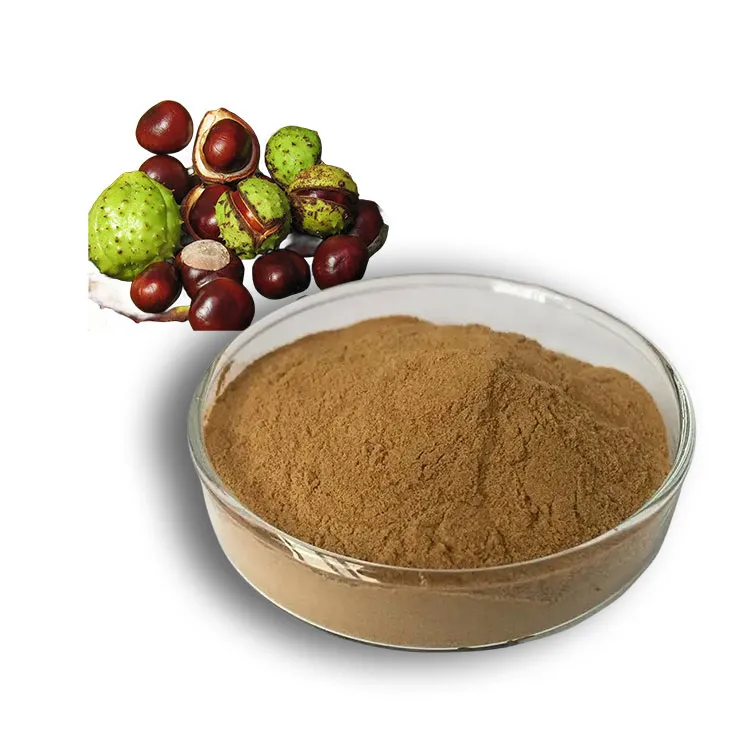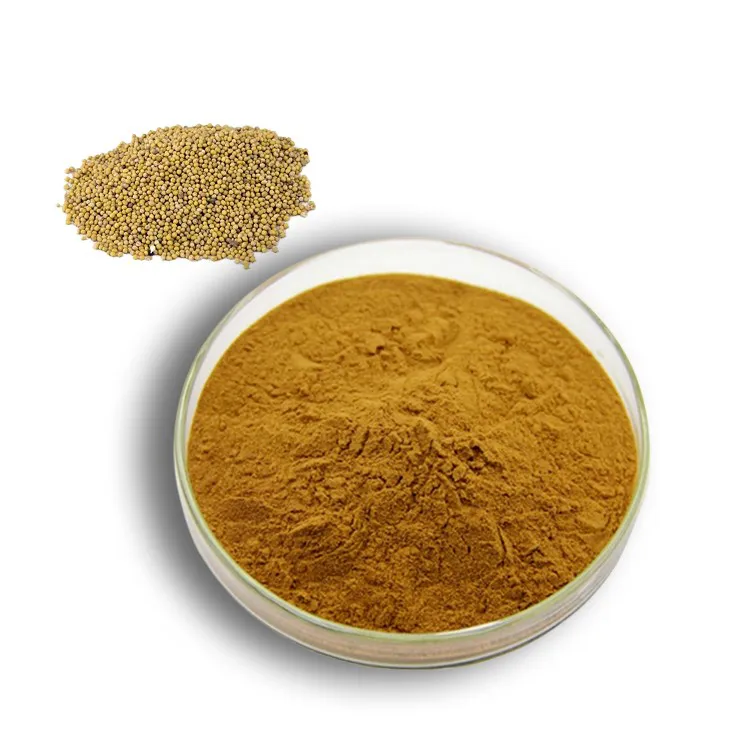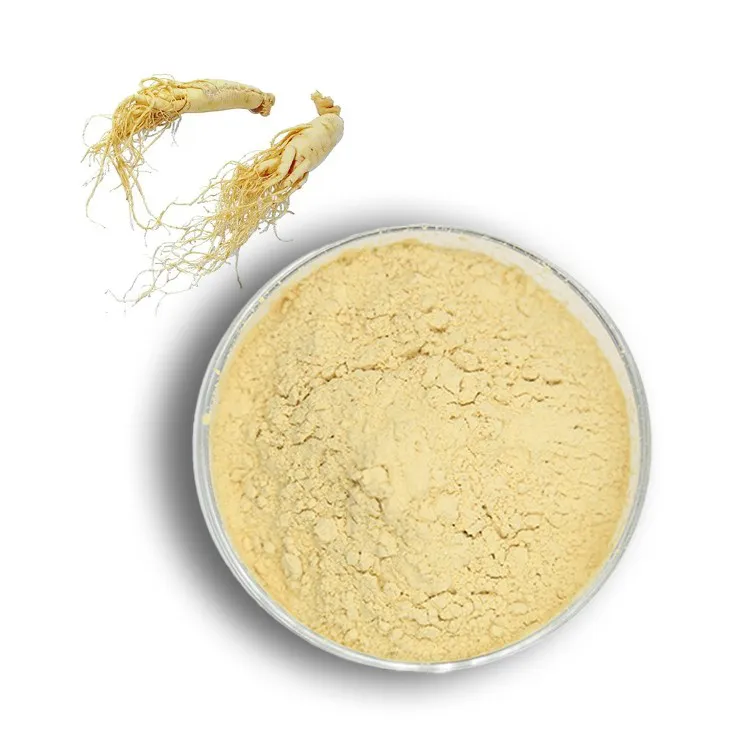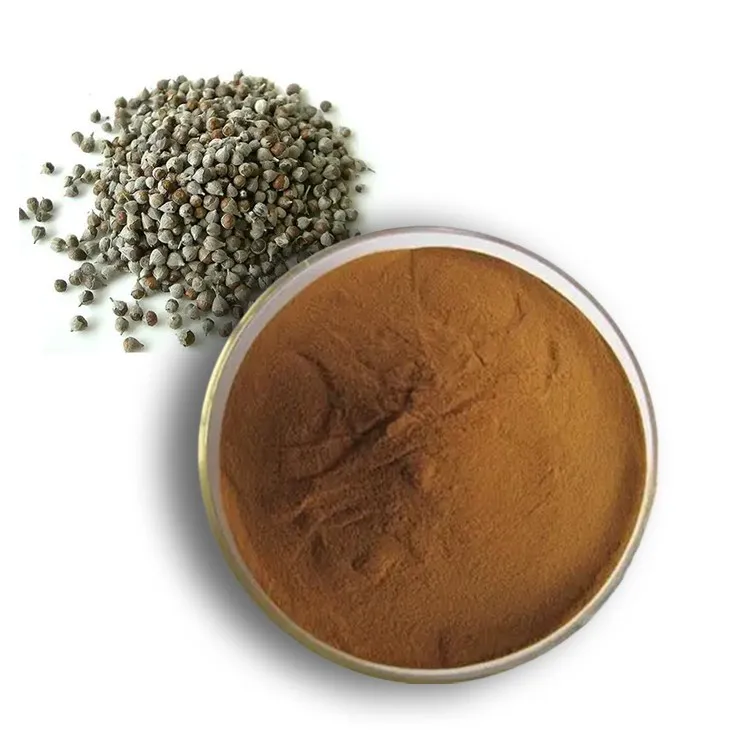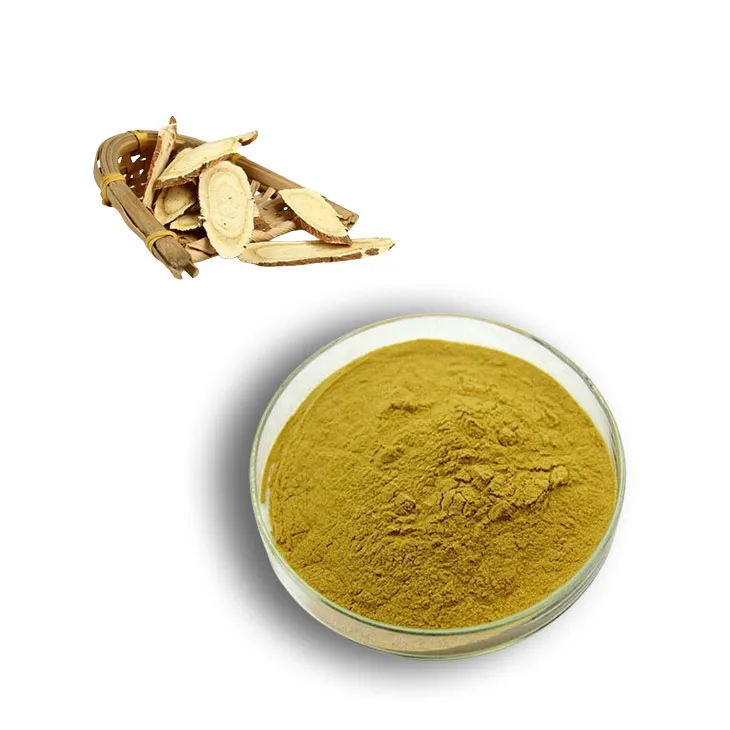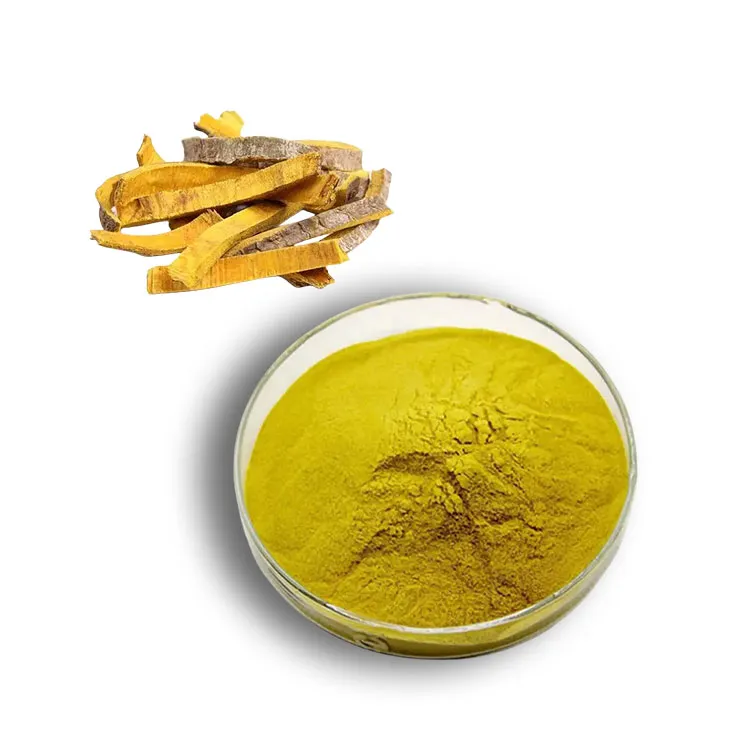- 0086-571-85302990
- sales@greenskybio.com
SAMe's Role in Liver Health: Insights into Fatty Liver and Cirrhosis Management
2024-07-04
1. Introduction
The liver is a vital organ in the human body, responsible for numerous functions such as metabolism, detoxification, and protein synthesis. However, liver diseases, including fatty liver and cirrhosis, are becoming increasingly prevalent. S - Adenosylmethionine (SAMe) has emerged as a potential therapeutic agent in the management of these liver disorders. SAMe is a naturally occurring compound in the body that plays a crucial role in various biochemical reactions. Understanding its role in liver health can provide valuable insights into the treatment and prevention of fatty liver and cirrhosis.
2. The Biochemistry of SAMe
2.1 Synthesis and Metabolism
SAMe is synthesized from methionine, an essential amino acid, and adenosine triphosphate (ATP) in a reaction catalyzed by the enzyme methionine adenosyltransferase. Once synthesized, SAMe serves as a methyl donor in many enzymatic reactions. It donates its methyl group to various substrates, including DNA, RNA, proteins, and lipids. This methylation process is essential for normal cell function, gene expression regulation, and epigenetic modifications. After donating its methyl group, SAMe is converted into S - adenosylhomocysteine (SAH), which is then hydrolyzed to homocysteine and adenosine.
2.2 Cellular Functions
In addition to its role as a methyl donor, SAMe is involved in other important cellular functions. It is required for the synthesis of glutathione, a major antioxidant in the body. Glutathione helps protect cells from oxidative stress, which is a significant factor in liver diseases. SAMe also plays a role in polyamine synthesis, which is important for cell growth and proliferation. By participating in these diverse cellular processes, SAMe has a wide - ranging impact on liver cell function.3. Fatty Liver and SAMe
3.1 Fatty Liver: An Overview
Fatty liver, also known as hepatic steatosis, is a condition characterized by the accumulation of fat in liver cells. It can be caused by various factors, including obesity, diabetes, excessive alcohol consumption, and certain medications. Fatty liver can progress to more severe liver diseases, such as non - alcoholic steatohepatitis (NASH) and cirrhosis. Early detection and intervention are crucial in preventing the progression of fatty liver.
3.2 SAMe's Effects on Fatty Liver
- Normalizing Liver Enzyme Levels: In fatty liver patients, liver enzyme levels, such as alanine aminotransferase (ALT) and aspartate aminotransferase (AST), are often elevated. SAMe has been shown to help normalize these enzyme levels. This may be due to its ability to improve liver cell function and reduce inflammation. By normalizing liver enzyme levels, SAMe can be an indicator of improved liver health.
- Improving Liver Histology: SAMe may also have a positive impact on liver histology in fatty liver. Studies have suggested that SAMe can reduce the amount of fat accumulation in liver cells, improve liver cell integrity, and decrease inflammation. These effects on liver histology can potentially slow down or even reverse the progression of fatty liver.
- Antioxidant and Anti - Inflammatory Properties: The antioxidant and anti - inflammatory properties of SAMe play a significant role in its effects on fatty liver. Oxidative stress and inflammation are key factors in the development and progression of fatty liver. SAMe, through its role in glutathione synthesis and as a methyl donor, can help combat oxidative stress and reduce inflammation in the liver.
4. Cirrhosis and SAMe
4.1 Cirrhosis: An Overview
Cirrhosis is a late - stage liver disease characterized by the replacement of normal liver tissue with scar tissue. It can be caused by chronic liver diseases, such as hepatitis B and C, alcohol - related liver disease, and fatty liver disease. Cirrhosis can lead to liver failure, portal hypertension, and an increased risk of liver cancer. Management of cirrhosis is complex and often requires a multidisciplinary approach.
4.2 SAMe's Role in Cirrhosis
- Enhancing Liver Regenerative Capacity: One of the potential benefits of SAMe in cirrhosis is its ability to enhance the liver's regenerative capacity. Liver regeneration is crucial in the context of cirrhosis, as it can help replace damaged liver tissue. SAMe may stimulate liver cell proliferation and differentiation through its involvement in various cellular processes, such as methylation and polyamine synthesis.
- Reducing Fibrosis: Fibrosis is a key feature of cirrhosis, and SAMe may have a role in reducing fibrosis. It can potentially inhibit the activation of hepatic stellate cells, which are responsible for the production of extracellular matrix components that contribute to fibrosis. By reducing fibrosis, SAMe may help improve liver function in cirrhotic patients.
- Improving Hepatic Encephalopathy: Hepatic encephalopathy is a common complication in cirrhotic patients. SAMe may improve hepatic encephalopathy by reducing ammonia levels in the blood. Ammonia is a toxic substance that accumulates in the blood in cirrhotic patients due to impaired liver function. SAMe can enhance the metabolism of ammonia through its role in methylation reactions.
5. Clinical Evidence of SAMe in Liver Health
5.1 Clinical Trials in Fatty Liver
Several clinical trials have investigated the use of SAMe in fatty liver. In some studies, patients treated with SAMe showed significant improvements in liver enzyme levels, liver histology, and symptoms compared to those in the control group. However, more large - scale, long - term clinical trials are needed to confirm these findings and establish the optimal dosage and treatment duration of SAMe for fatty liver.
5.2 Clinical Trials in Cirrhosis
In the context of cirrhosis, clinical trials have also demonstrated some promising results with SAMe. For example, some studies have shown that SAMe can improve liver function tests, reduce the incidence of complications such as hepatic encephalopathy, and potentially slow down the progression of cirrhosis. Nevertheless, the evidence is still not conclusive, and further research is required to fully understand the role of SAMe in cirrhosis management.6. Dosage, Administration, and Safety of SAMe
6.1 Dosage and Administration
The dosage of SAMe varies depending on the indication and the patient's condition. In general, for liver health, the recommended dosage ranges from 400 to 1600 mg per day. SAMe is available in different formulations, including tablets and injections. It is usually administered orally, but in some cases, intravenous injection may be necessary, especially in patients with more severe liver diseases.
6.2 Safety Profile
SAMe is generally considered safe when used at the recommended dosages. However, some patients may experience mild side effects, such as nausea, vomiting, and diarrhea. In rare cases, allergic reactions may occur. It is important to monitor patients for any adverse reactions during SAMe treatment. Additionally, SAMe may interact with certain medications, so it is crucial to inform healthcare providers of all medications being taken before starting SAMe therapy.7. Conclusion
SAMe holds great potential in the management of fatty liver and cirrhosis. Its diverse roles in normalizing liver enzyme levels, improving liver histology, enhancing liver regenerative capacity, and reducing fibrosis make it an attractive candidate for further research and development in liver health. While there is some clinical evidence supporting its use, more studies are needed to fully elucidate its mechanisms of action, optimize dosage and treatment duration, and establish its long - term safety and efficacy. With further research, SAMe may become an important part of the therapeutic arsenal for liver diseases, offering new hope for patients with fatty liver and cirrhosis.
FAQ:
What is SAMe?
S - Adenosyl - methionine (SAMe) is a compound that is naturally produced in the body. It plays important roles in various biological processes, especially those related to liver health.
How does SAMe help in normalizing liver enzyme levels in fatty liver?
SAMe may influence the methylation processes in liver cells. By doing so, it can correct some of the metabolic imbalances that lead to abnormal liver enzyme levels in fatty liver. It helps in optimizing the functions of liver cells, which in turn can bring the enzyme levels back to normal.
Can SAMe completely reverse fatty liver?
While SAMe shows promising effects in improving fatty liver, it may not completely reverse it in all cases. It depends on various factors such as the underlying cause of fatty liver, the stage of the disease, and the overall health of the patient. However, it can be an important part of a comprehensive treatment plan to manage and improve the condition.
What evidence supports SAMe's role in enhancing the liver's regenerative capacity in cirrhosis?
Several studies have shown that SAMe can affect the gene expression and protein synthesis related to liver cell regeneration. It provides the necessary methyl groups for various cellular processes involved in regeneration. Additionally, it has antioxidant properties that can protect the newly - formed liver cells from damage, which further supports its role in enhancing the liver's regenerative capacity in cirrhosis.
Are there any side effects of using SAMe for liver health?
Generally, SAMe is well - tolerated. However, some people may experience mild side effects such as nausea, vomiting, or diarrhea. In rare cases, allergic reactions may occur. It is important to consult a doctor before starting SAMe supplementation, especially if one has other underlying health conditions or is taking other medications.
Related literature
- The Role of S - Adenosyl - methionine in Liver Disease: A Review"
- "SAMe and Liver Regeneration: Mechanisms and Clinical Implications"
- "Fatty Liver Management with SAMe: Current Understanding and Future Directions"
- ▶ Hesperidin
- ▶ Citrus Bioflavonoids
- ▶ Plant Extract
- ▶ lycopene
- ▶ Diosmin
- ▶ Grape seed extract
- ▶ Sea buckthorn Juice Powder
- ▶ Fruit Juice Powder
- ▶ Hops Extract
- ▶ Artichoke Extract
- ▶ Mushroom extract
- ▶ Astaxanthin
- ▶ Green Tea Extract
- ▶ Curcumin
- ▶ Horse Chestnut Extract
- ▶ Other Product
- ▶ Boswellia Serrata Extract
- ▶ Resveratrol
- ▶ Marigold Extract
- ▶ Grape Leaf Extract
- ▶ New Product
- ▶ Aminolevulinic acid
- ▶ Cranberry Extract
- ▶ Red Yeast Rice
- ▶ Red Wine Extract
-
Horse Chestnut Extract
2024-07-04
-
White mustard seed extract
2024-07-04
-
Ginseng Root Extract
2024-07-04
-
Chaste Berry Extract
2024-07-04
-
Licorice Root Extract Powder
2024-07-04
-
Jujube Extract
2024-07-04
-
Alisma Extract
2024-07-04
-
Pomegranate Extract
2024-07-04
-
Phellodendron Extract
2024-07-04
-
Tormentil Extract
2024-07-04











